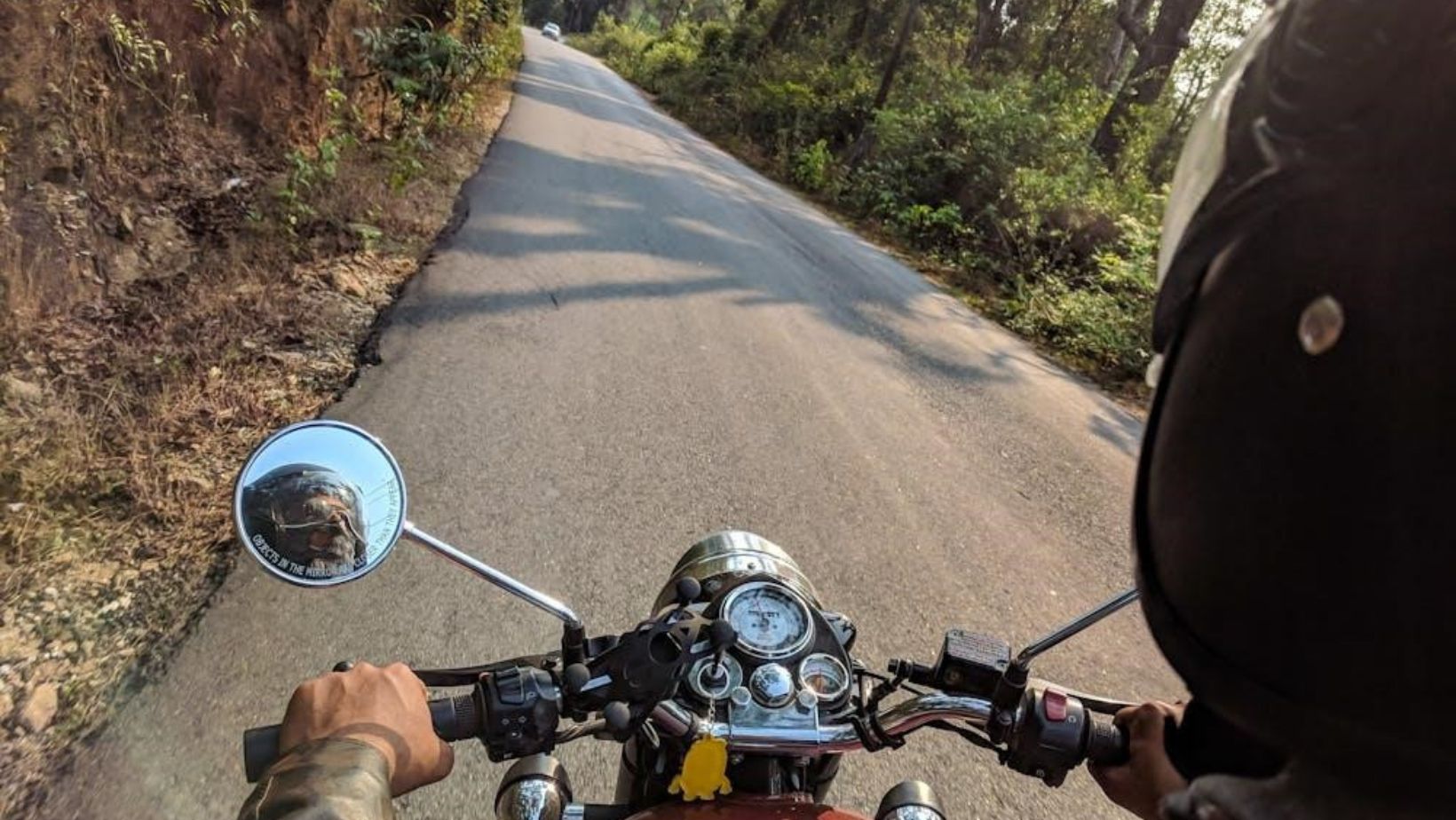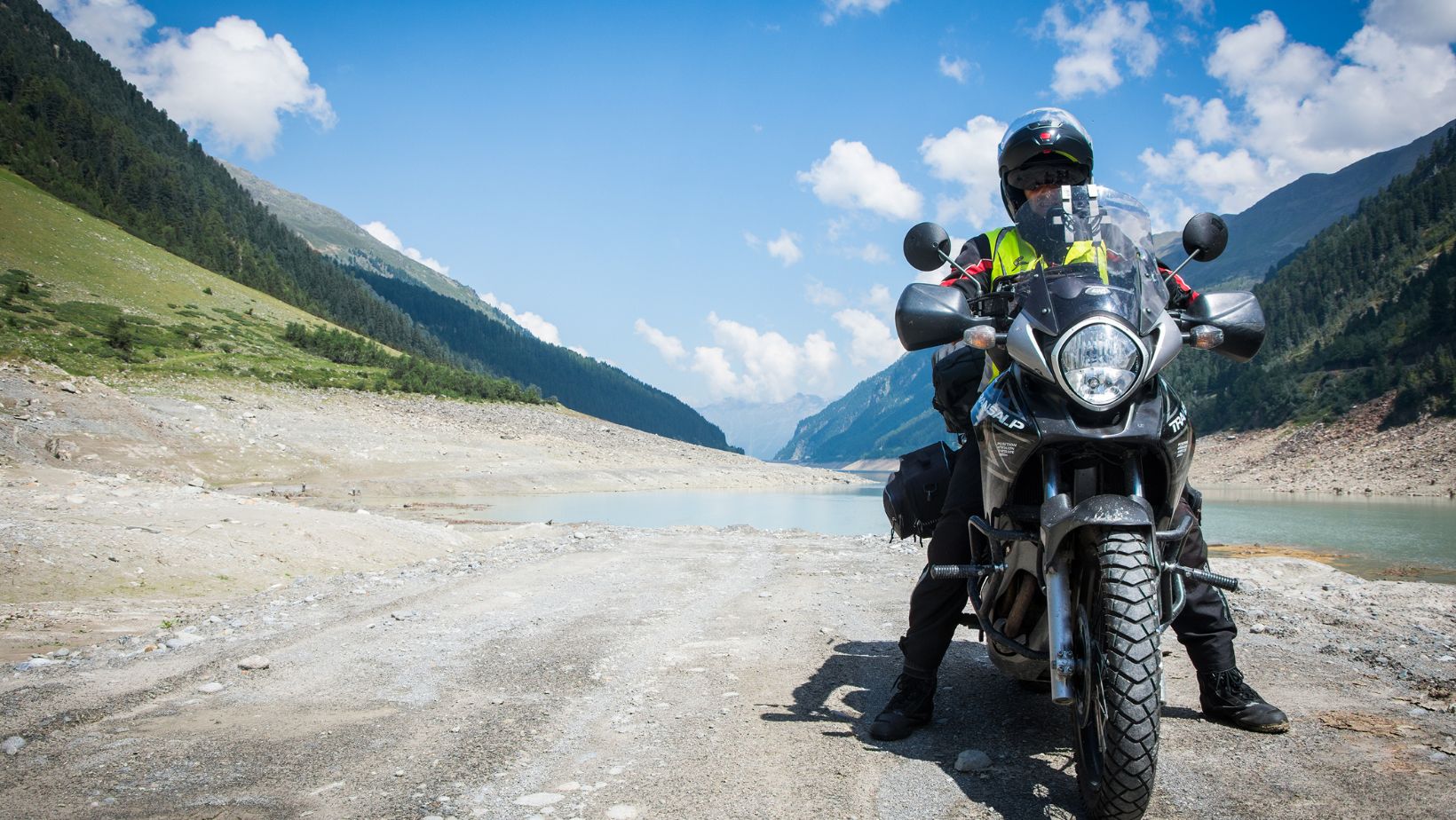
Riding a motorcycle can be an exhilarating experience, but motorcycle riders are more vulnerable to injury in a crash than people driving cars. For example, in areas like Nashville, where scenic roads attract many motorcyclists, it’s especially important to know what steps to take after an accident.

Assess the Situation and Your Condition
If you are involved in a motorcycle crash, the first step is to try to remain calm and quickly assess the situation. Look around for any imminent dangers like oncoming traffic and try to get yourself out of harm’s way if possible. Then do a mental and physical check of your condition. Are you hurt? Can you move your limbs? Do you feel any pain anywhere? Try to determine if it’s safe to remove your helmet and get an idea of the extent of your injuries. However, don’t remove your helmet if you think you may have a head, neck or spine injury – around 20% of motorcyclists in accidents sustain a TBI when a helmet is worn.
Call for Help
If you have a cell phone on you that is still functional, call 911 and request medical assistance. Provide the dispatcher details on your location, the fact that you were in a motorcycle crash, and a description of any injuries you are aware of. This will allow emergency responders to be dispatched to your location quickly. If you cannot get to a phone yourself, try to signal or call out to any passersby to call for help.
Protect Yourself from Further Injury
While waiting for medical help, do not move around unnecessarily to avoid exacerbating any injuries, especially to your head, neck or back. However, if you are still in an unsafe location like in the roadway, try to carefully drag yourself out of traffic and to the roadside. Keep yourself warm with any jacket or clothing you are wearing to avoid going into shock.
Stop Any Bleeding
If you have any open gashes or wounds, look for heavy bleeding and try to control it. Using your hands, apply direct pressure onto the wound and elevate it above heart level if possible. If you have a first aid kit on you or anything like a bandana or cloth, use it to help create more pressure on the wound. Keep pressure on the bleeding until emergency medical services arrive.
Care for Broken Bones
If you suspect any fractures or broken bones, try to immobilize the injured area. Avoid moving joints above and below the affected area. You can use any stiff supports or even folded clothing or a helmet to splint the area. This will keep the bones stabilized until you can get proper medical treatment.
Talk to a Local Motorcycle Accident Lawyer
Harlene Labrum, a Nashville motorcycle accident lawyer advises contacting an experienced local attorney who can help you seek compensation, especially if the other driver is at fault. Staying calm and knowing what to do after a motorcycle crash or spill can help prevent further injury. Always ride defensively, wear protective gear, and have emergency contacts easily accessible.




